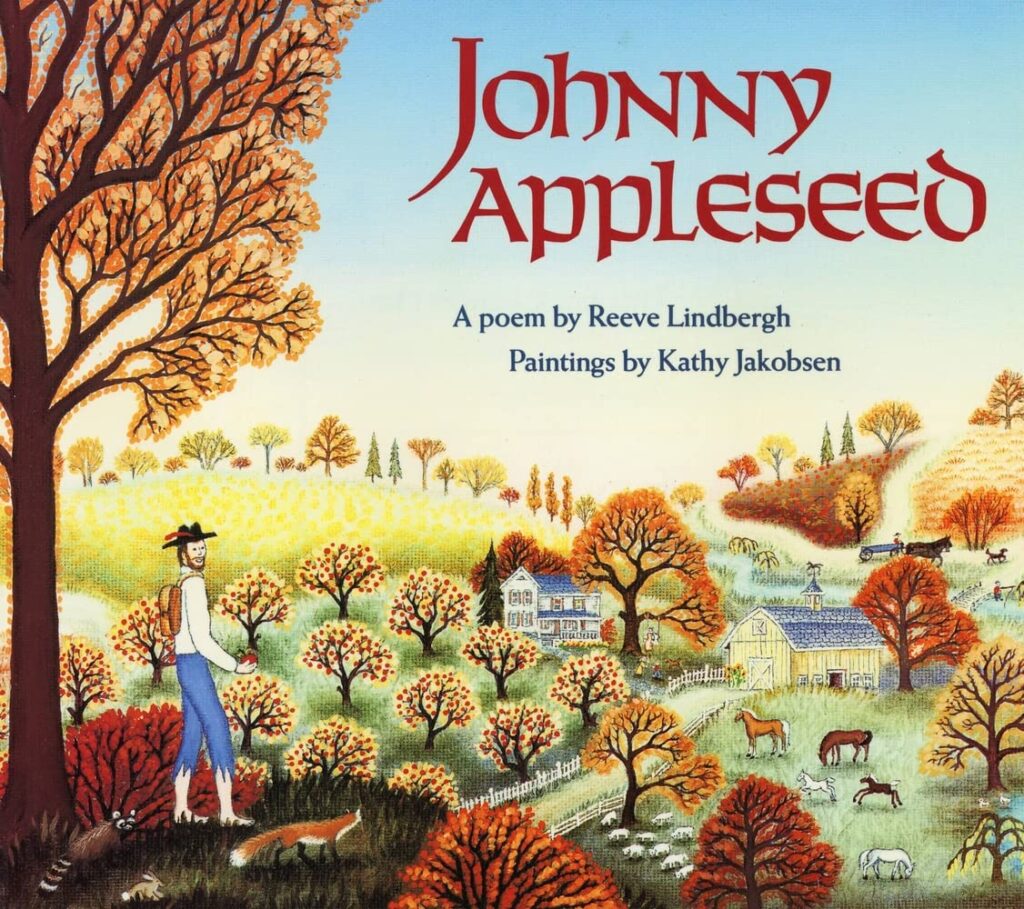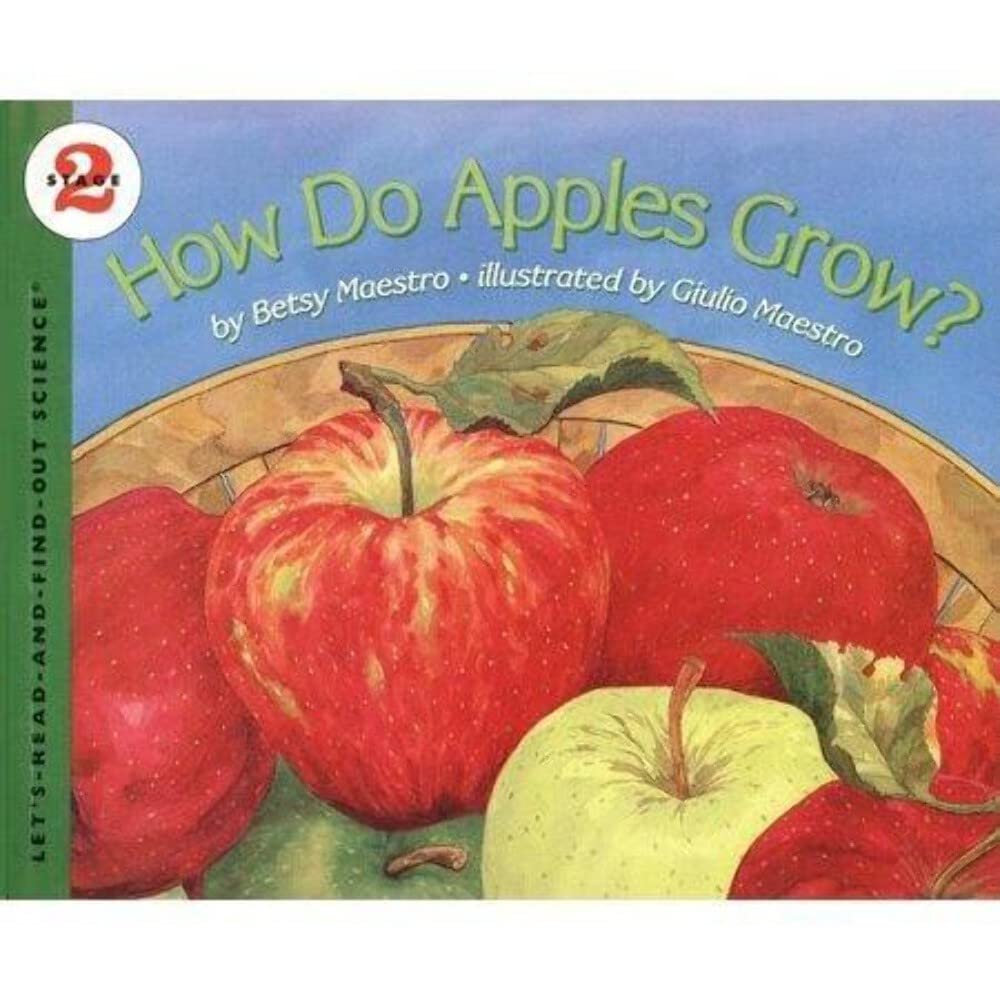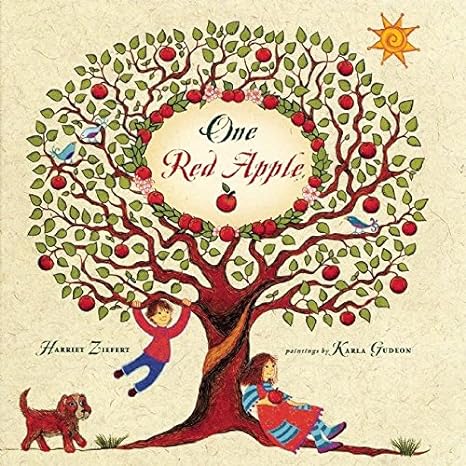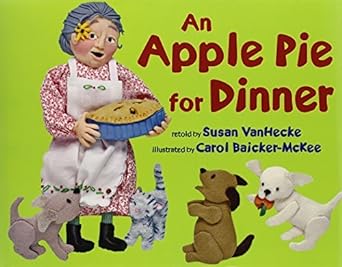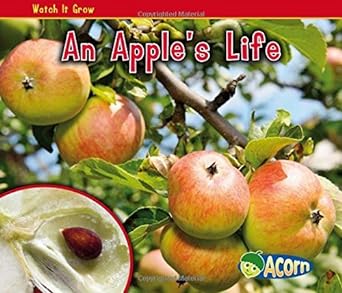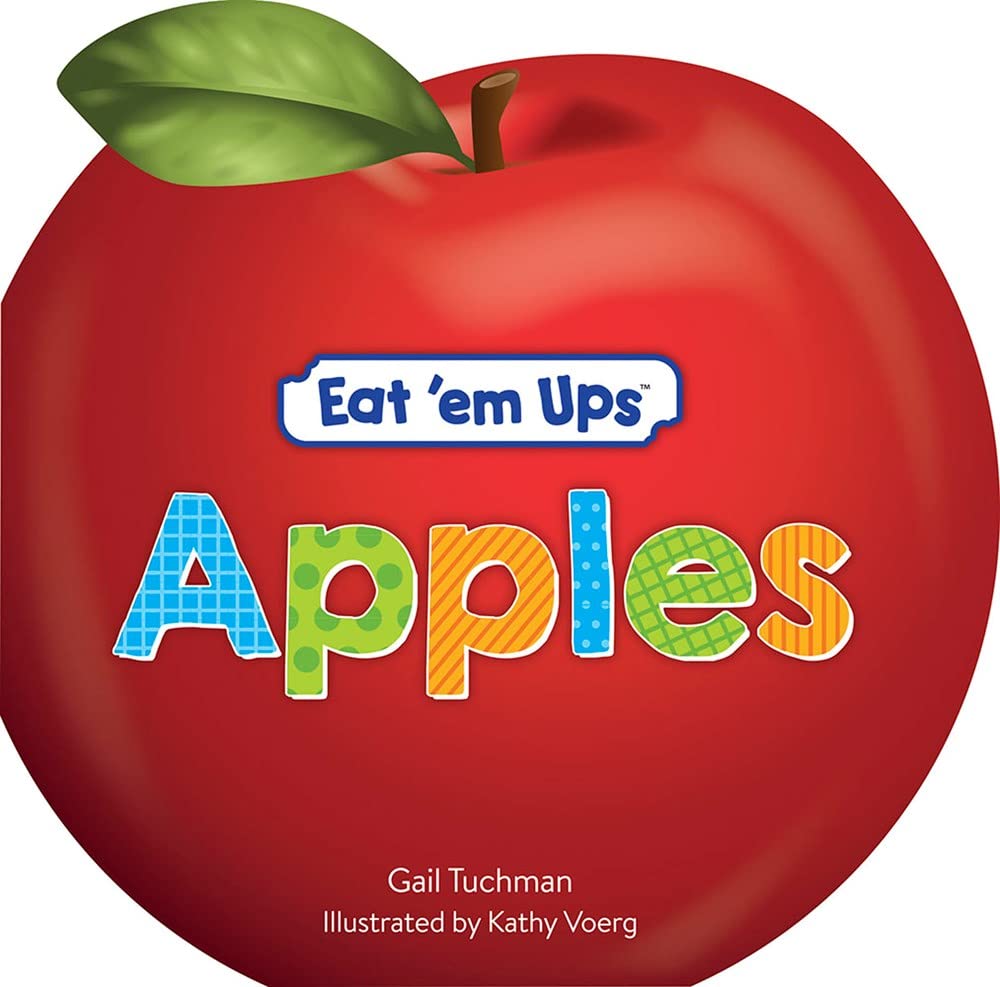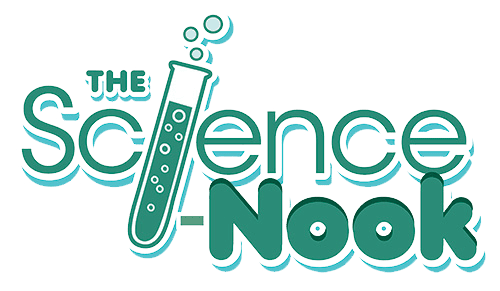Leaves turning, temperatures falling, puppies frisking, apple picking, hot cocoa drinking, jack-o’-lantern making…Fall!
Did I mention pumpkin spice everything? Every elementary school is doing pumpkin science now. How about some other fall science activities? But first I like to start a unit or activity with a book! Stories build background, encourage critical thinking, and raise questions that may be addressed in the activities. After perusing Amazon, I found an overwhelming number of books about apples. They range from
- planting apple seeds–Johnny Appleseed by Reeve Lindbergh (Author), Kathy Jakobsen (Illustrator) for ages 2—8. This one is in rhyme.
- making things with apples–An Apple Pie for Dinner by Susan VanHecke (Author), Carol Baicker-McKee (Illustrator) for ages 5–8
- how apples grow–How do Apples Grow by Betsy Maestro (Author), Giulio Maestro (Illustrator) for ages 2—6
- their life cycle–An Apple’s Life by Nancy Dickmann for ages 5—6 or
- for older kids One Red Apple by Harriet Ziefert (Author), Karla Gudeon (Illustrator) ages 8–9
- eating them– Eat ‘em Ups™ Apples: A Cute & Colorful Rhyming Story for Preschoolers by Gail Tuchman (Author), Kathy Voerg (Illustrator) for ages 3—6
These are just a few. Do you have a favorite “apple” book? Please share below!
Why apple science? What makes them special? Nutrition for one! You know…an apple a day! But as a classroom subject, apples are easily obtainable, easy to transport, and kid friendly. Plus, they are acidic (will they power a clock?); they turn brown (how to keep this from happening?); and they taste good! Will they float or sink (apple bobbing)? What properties do the different apples have? (You can compare sugar content and acidity—see “Activities and Resources”).
Check out my “Resource” page for bunches of activities to do with them! I’d love to hear about your favorite apple experiment, as well.
